“Are Tagalog and Spanish similar?” If you have found this article you probably searched this.
It’s a common question and you might have heard this a lot.
Well, are they?
One thing for sure if you’ve had Tagalog speaking friends, they probably told you this.
What they said is partly true. But in many ways it’s not.
Just by listening to Tagalog you might be a bit confused yourself. (Read & Listen: What does Tagalog sound like?)
It does have some Spanish words. Maybe you could even say Tagalog has a LOT of Spanish words.
But in some ways they sounds different. Quite different.
Well, they have that part right.
Tagalog does have a lot of Spanish words.
There is a reason for that.
Why is there so much Spanish in Tagalog?
The Philippines was colonized by the Spain in the 16th century.
(Historians peg the start of Philippine colonization on February 13, 1565 when Spanish colonizer Miguel Lopez de Legazpi arrived from Mexico.)
The Philippines stayed a Spanish colony until 1898 when it was given to the United States after the Spanish-American War.
This is plain fact of Philippine history can be read in CIA’s fact book here.
(You trust the CIA more than Wikipedia don’t you?)
That makes a total of 333 years of Spanish colonization.
In those three centuries plus, the Spanish language was used in dealing with the natives of the Philippines.
It was used in government, the courts, in trade, on the street.
The natives sure picked up a lot of Spanish.
Most sources will tell you that anywhere from a fifth up to one third of Tagalog vocabulary is Spanish in origin.
(That’s 20% – 33%? Uhmm… It’s hard for linguists to really count all the words in an entire language, y’know?)
Holy smokes! That’s a lot of words.
No wonder they somewhat sound similar.
Spanish-origin words in Tagalog
Let me see…
Here are some Tagalog Spanish-origin words off the top of my head: libro, kusina, juez, katorse, kabayo, mesa, kutsara, baso, peso, para.
I could fill this entire page with Spanish words borrowed by Tagalog.
Just too many.
There are so many I don’t even want to start counting them or making lists.
Okay, you get my point.
A few of the Spanish words changed their meaning in Tagalog.
Yup, that’s right.
There aren’t many of them, but they’re out there.
For example, “siempre” in Spanish would mean “always.”
Meanwhile, “siempre” in Tagalog means “of course.”
Another one is “seguro” in Spanish which means “sure.”
In Tagalog “siguro” means “maybe.” Careful with that one.
In some cases, both Spanish words and older Tagalog equivalents were kept
The most common example you will be told about to demonstrate the similarity between the two languages is Tagalog numbers.
While Tagalog does have a set of numbers more Austronesian in origin (more on that big word later), it also has a set of numbers that are Spanish in origin.
First, the Austronesian-origin Tagalog numbers that are: isa, dalawa, tatlo, apat, lima, anim, pito, walo, siyam, sampu.
Next, the Spanish-origin Tagalog numbers: uno, dos, tres, kwatro, singko, sais, syete, otso, nuwebe, diyes.
Finally, the modern Spanish equivalent numbers: uno, dos, tres, cuatro, cinco, seis, siete, ocho, nueve, diez.
(Uhmm… by the way, in case, you are interested, I have a video quiz here and video lesson here on Tagalog numbers 1-10)
In some cases, there have been some words that both retained an older words.
In Tagalog we use the word aklat meaning books which is Arabic or Sanskrit in origin.
But Tagalog also uses the word libro which is directly borrowed from Spanish libro.
Another example is the word upuan which is the Tagalog word for “chair.”
But Tagalog also uses the word silya for chair which comes from the Spanish silla.
But as I was saying, for the great majority of Tagalog words with Spanish-origin, there are just no other non-Spanish-origin words.
Days of the week, months, legal issues, and lots of everyday items are in Spanish-origin without “more native” Tagalog equivalents.
Spanish still has deep reaching influence on Tagalog
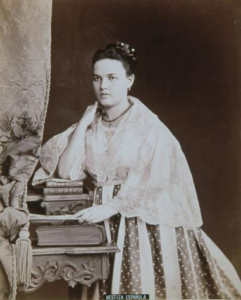
However, don’t think that Spanish loan words are only used for nouns to describe items and concepts what the the wretched natives didn’t have when the European colonizers arrived.
Nope. Not at all.
The Spanish language has crept really deep into the Tagalog language.
The word “gusto” which means to “want” or “like” came from Spanish word gusto.
Gusto ko ng gatas. (I want milk.)
The Tagalog word “pwede” came from the the Spanish “puede”
Pwede ba kita halikan? (Can I kiss you?)
Why, even “o” the word for “or” in Tagalog came from the Spanish “o.”
Tubig o alak? (Water or an alcoholic beverage?)
Is there a more “native” Tagalog
It’s hard for me to think what Tagalog must have sounded like before the Spanish came.
Actually you can have an idea if you hear some really old people speak in places where Tagalog originated like in the southern and central parts of Luzon.
One memory of mine stands out.
I’m a native Tagalog speaker and I grew up speaking Tagalog with my friends everyday.
So, yeah, I can really speak Tagalog.
But, some thirty years ago, my dad brought me on a hunting trip (small-game, mostly birds) in Bulacan (which is in the outskirts of the the capital, Manila).
I got to hear one of the village elders speak to one of our hunting guides.
It sounded weird.
Familiar but weird.
“What language are they speaking?” I asked my dad.
“Tagalog.” he replied. (My dad could understand.)
I could not believe my eyes… I mean my ears.
They menfolk were speaking a more traditional Tagalog among each other, but to those of us who grew up in the city, we could barely comprehend what was being discussed.
Despite these holdouts, Spanish was everywhere back in the day
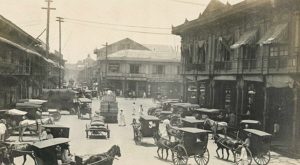
Until my parents time (the 70’s), Spanish was taught in school and every educated Filipino was expected to know some Spanish.
(There is still one ultra-elite, rich-people-only, all-girls school in the Philippines called Poveda where Spanish is taught in the curriculum.)
In some provinces they speak Chavacano a Spanish creole.
Until now there are still a handful of non-expat families in the Philippines that use Spanish at home.
Just as an aside, there’s actually more Spanish in Bisaya / Cebuano than in Tagalog.
So what do Spanish-speaking people think of the language?
My native Spanish speaking friends who have gone to the Philippines say thay that they can pick out a lot of the words.
Spanish speakers typically can’t grasp the meaning of a couple of Tagalog sentences spoken at them.
But, they will be able to feel a strong familiarity with many of words that used.
But, they know that the language is really different on a deep level.
That still won’t stop Philippine immigration officials and locals practicing what Spanish they do know if they find out they’re Spanish.
Filipinos are a friendly bunch, aye?
Okay, so now we go to that big university word: Austronesian
Austro…. what?
Austronesian.
Okay, now is a good time to go on a bathroom break because I’m about to absolutely nerd out on you.
I mean nerd out BIG TIME. (Imma’ language nerd.)
Around 6,000-7,000 years ago, a group of farmers and fishermen called the Austronesians crossed from southern China to Taiwan.
They were an awesome seafaring people.
Around 4,500 years ago, around the time the Great Pyramids of Giza were finished and the mammoths became extinct (really), they took a great leap to the island now know as Luzon in the Philippines.
Enter the Austronesian expansion!
From Luzon (in what is now the Philippines) they spread all over Southeast Asia, Melanesia and Polynesia.
They reached Hawaii and Easter Island around 500 BC (around the time the Roman Empire was being founded), and New Zealand in 1300 AD (around the start of the Hundred Year War between France and Britain).
They’re the native Hawaiians and make up the bulk of native Filipinos.
Tagalog isn’t a relative of Spanish
Yup, Tagalog is an Austronesian language.
It’s definitely not a Romance language like Portuguese, Italian, and other siblings of Spanish.
Not even close.
It’s not even an Indo-European language like in that super broad category of languages of Eurasian that include Romance languages, English, Hindi, Greek and other languages across Asia and Europe.
Tagalog and Spanish in this sense ain’t even cousins.
Tagalog grammar is solidly Austronesian.
The way it mangles us verbs is solidly Austronesian. (Read: Why Tagalog Verbs Drive Language Learners Crazy)
The way Tagalog messes up its adjectives is Austronesian. (Read: the 5 Types of Tagalog Adjectives)
The words that glue everything else together are Austronesian.
That makes Tagalog similar to Malay, Bahasa-Indones, Hawaiian, aboriginal Taiwanese, and other languages in this broad ethno-linguistic group. (For fun you can read about the differences between Tagalog and Indonesian)
Of course, today Tagalog, like most languages around the world, borrow from a lot other languages. It has a large amount of input from English, Hokkien, Arabic, Sanskrit.
(English especially!)
But the language that has had the largest contribution and influence on Tagalog is solidly Spanish.
In fact, in the University of the Philippines, I heard some students who take BA European Language saying taking up a Major in Spanish.
(They’re kidding of course.)
An educated Tagalog speaker can also pretty much guess the meaning of a text written in Spanish.
Conclusion – let’s throw everything I said in a pot and mix it up
We can say Tagalog is very similar to Spanish.
This is because of the massive influence of Spanish on Tagalog.
Spanish has flooded and enriched Tagalog vocabulary, in some cases taking over some crucial verbs.
But at its core, Tagalog is an Austronesian language.
The engine of the car that is Tagalog is still an Austronesian one.
Even if one fifth to one third of the fittings are Spanish.
Even though the core of the car is Austronesian, Spanish still holds special keys to it.
Let’s see…
The most common and basic “How are you?” greeting in Tagalog is “Kamusta?” which comes from the Spanish “Como esta?”
That in itself is a key to open any Tagalog conversation.

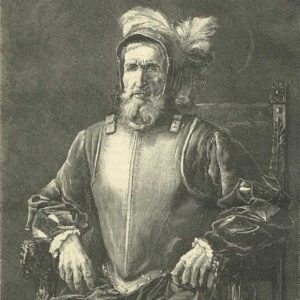




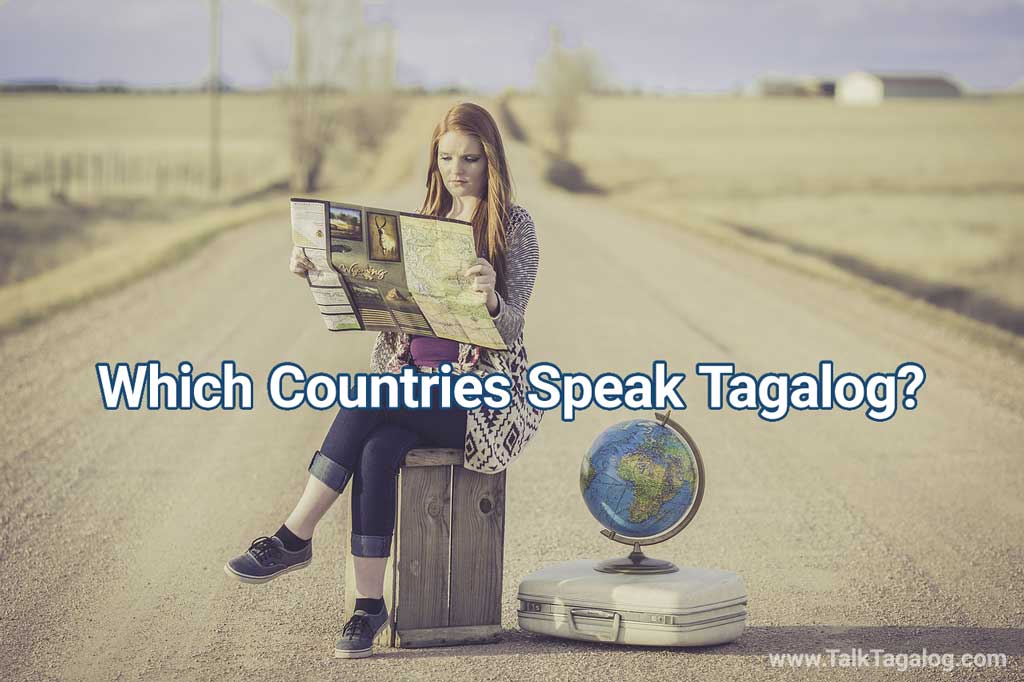
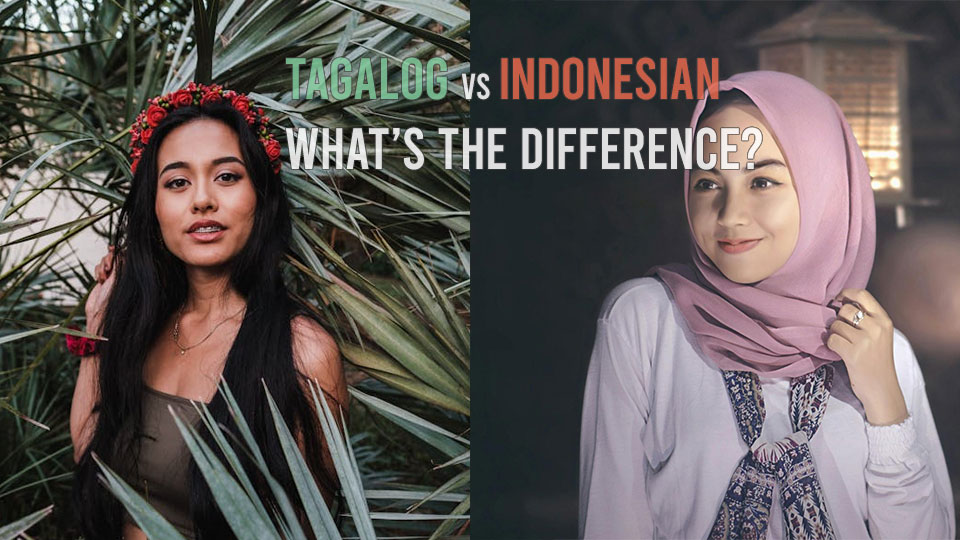
Haha the end was quite funny!
An excellent article. I am learning Spanish and then hope to have more facility to understand Bisaya and Tagalog. Thank you!
oh, another thing….. I met two American professors teaching on Mindanao. They said there were 4-language groups that came out of Thailand. two of those language groups went east, two went west. I read a small boat sailor who met and connected to a Filipina. They sailed to Madagascar. She learned Malagasy in 3 days so well when she said we come from west of here, they thought she meant the western side of the island. Obviously, she spoke the same root language.
You can find evidence of this root language across the South Pacific and to Hawaii. They cannot prove that it went to South America but to me it appears so. The people look very Filipino, and there are some bead work patterns from the Bukidnon native people appearing in South America. Thus it indicates some of these people had tremendous courage and with God’s help they made their way to the US West coast and further south and further and further. I hope this is helpful.
Hey, that’s super cool Steve.
Yeah, speaking of Malagasy, I was just listening to a YouTube vid where they were speaking Malagasy. Man, was I surprised that there was a lot of words that sounded like Tagalog!
Yeah I was reading a lot about the Austronesian expansion quite some years ago. I think it was Bellwood’s book.